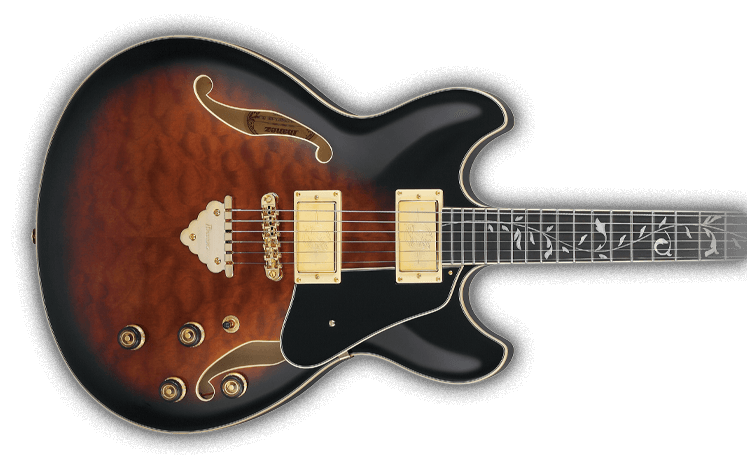What you see in the pics is what you get. One set of Ibanez Super 58 pickups for the bridge and neck with the pickup screws. No springs included. Super 58 Custom humbucking pickups capture electric sound and acoustic resonance. Without 60-cycle hum. Super 58 Custom humbucking pickups capture electric sound and acoustic resonance. Seymour Duncan '59 Humbucker-4 Conductor-Bridge. The 59 Model bridge pickup is a full sounding, versatile PAF style humbucker with an articulate treble attack, full bottom end, and scooped midrange.
Ibanez history in short
Ibanez Super 58 Pickup For Sale
| In 1908 Matsujiro Hoshino started a bookstore that sold books and sheet music as well musical instruments. From 1921, instruments from Europe and the USA were also imported, including classical guitars from the Spanish luthier Salvador Ibanez. In 1929 he was succeeded by his son Yoshitaro Hoshino. More and more instruments were imported such as mandolins from Italy and drum kits from Ludwig from Germany. Because the request of guitars could no longer be met, Yoshitaro decided to build guitars themselve. Meanwhile, his four sons were also part of the venture and the company Hoshino Gakki was founded. A factory was built near their headquarters for production of their own guitar line that could accommodate around 30 employees. From now on the 'Salvador Ibanez' guitar was called 'Ibanez'. The company exported many guitars to other Asian countries and in 1937 it had an output of more than 1000 guitars a month. After the World War II, during which the factory was completely destroyed, the import of musical instruments was resumed slowly around 1950. Just in 1962 was Jumpei Hoshino decided to build his own guitars again. A new factory was built where now also amplifiers and electric guitars were made. The company was named 'Tama Seisakusho' as a tribute to the wife of Yoshitaro Hoshino. Jumpei Hoshino Ibanez was now the main brand of Hoshino, but they also produced guitars for other western companies. Drum kits were also made with the brand name 'Tama'. From 1966 however, it was decided no more build guitars for other companies. This was adopted by other manufacturers, as Fujigen Gakki or Teisco. In 1967 the first Ibanez guitars were imported by Elger Company, USA. These were guitars with many buttons and switches and had no logo. In the late 1960s, the guitars were provided with in 'spaghetti-style' metal logo on the head stock. | In 1970 they focus more on producing cheaper but comparable models of the great USA brands like Gibson, Fender and Rickenbacker. This was called the 'Pre-Lawsuit era'. Despite their cheaper production, the replicas of Ibanez have a high quality and are therefore a strong competitor for the USA brands. In the 1980s own designs were introduced such as the, Performer, Musician and Iceman Models. This period is also called 'Golden Years of Ibanez'. Many of the guitars from that period are popular objects for collectors. For over 50 years the guitar building company Fujigen has been a partner of Hoshino, they built the Ibanez electric guitars. Ibanez guitars have also been produced in South Korea since the early 1990s. The EX series produced there appeared in 1991. EX = 'Experimental'. Because the quality of the Korean guitars is just as good as the Japanese, they made since 1994 also other Ibanez models here. These days Ibanez guitars also made in China. Just like 100 years ago, Hoshino Gakki still has its headquarters in Nagoya. The research and development department is also located here. From the first successful copies of their own models from the 1970s and 1980s to today, Ibanez has been a solid and indispensable big name in the music industry. Headquarter Hoshino, Nagoya |
